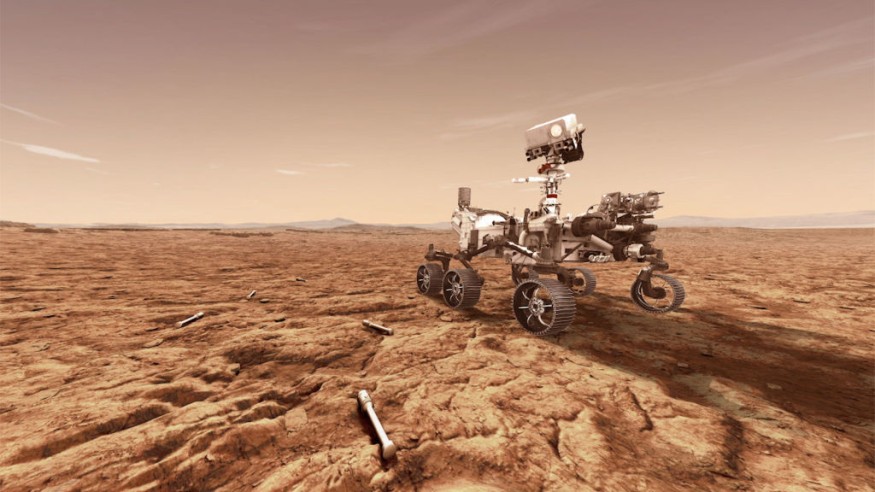NASA is already taking applications for those who want to live on Mars. Its news release looks like a typical job advertisement. This employment, however, would be anything but average. The space agency is searching for "highly motivated individuals" to participate in one of three long-duration, ground-based simulations scheduled to begin in the coming years. The first of which may begin as early as late 2022.

What Makes This Simulation Special
Phys.org said each simulation would have four crew members working in an isolated habitat dubbed Mars Dune Alpha. The 3D-printed, 1,700-square-foot habitat, based at NASA's Johnson Space Center in Texas, will have individual rooms, a kitchen, two bathrooms, a medical facility, and designated places for working (including a place to cultivate crops), exercising, and just hanging out.
However, this will not be a year-long holiday, as the crew will be left to fend for themselves in some difficult circumstances. The New York Post said the crew would have to cope with restricted access to supplies, malfunctioning equipment, a communications lag with Earth, heavy workloads, and environmental stresses designed to resemble life on Mars to model the business of traveling to and operating on Mars. They'll also be given jobs, performing routine tasks, simulated spacewalks, scientific studies, virtual reality equipment testing, and robotic gadget operation from afar.
The crew's performance and physical and mental wellbeing will be assessed while this is going on. NASA expects that by going through these steps, it will be able to identify any gaps or difficulties that may arise and the necessary answers. On the other hand, a simulation will not represent all of the intricacies and hazards of a real operation. The team will not be exposed to too much radiation or be forced to withstand low-gravity conditions, among other known and unknown risks.
ALSO READ : Astronauts Brains Could Be Affected By Travel to Mars; Can NASA Protect Them From Such Scenario?
How to Apply For Simulations
Needless to say, NASA will be selective in who it chooses for the CHAPEA simulations, as it follows its usual standards for astronaut selection as posted on its page.
The space agency wants healthy, motivated citizens or permanent U.S. residents who are nonsmokers, age 30 to 55, and competent in English for good communication between crew and mission control.
A master's degree in a STEM discipline and two years of professional STEM experience, or 1,000 hours of flying experience, are also required.
These fictitious astronauts would be paid for their services, but no details were offered. The application period will run from August 6, 2021, through September 17, 2021. You may apply here, along with the rest of the job specifications.
Wishing the applicants all the best! Those of you wanting to be among the first colonists to permanently settle on Mars will almost certainly never be able to do so unless you consent to some major body augmentations. Simply put, humans are not designed for life on Mars.
RELATED ARTICLE: Mars Camp in a Desert: China Makes $23 Million Martian Simulation Base to Help Astronauts Explore Red Planet
Check out more news and information on Space in Science Times.
© 2025 ScienceTimes.com All rights reserved. Do not reproduce without permission. The window to the world of Science Times.












